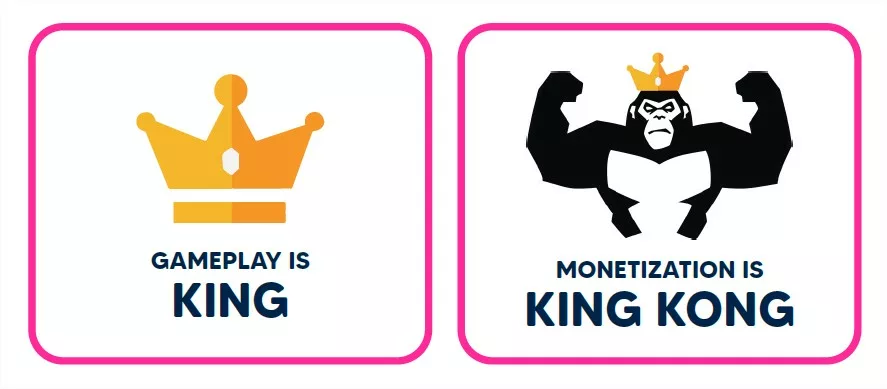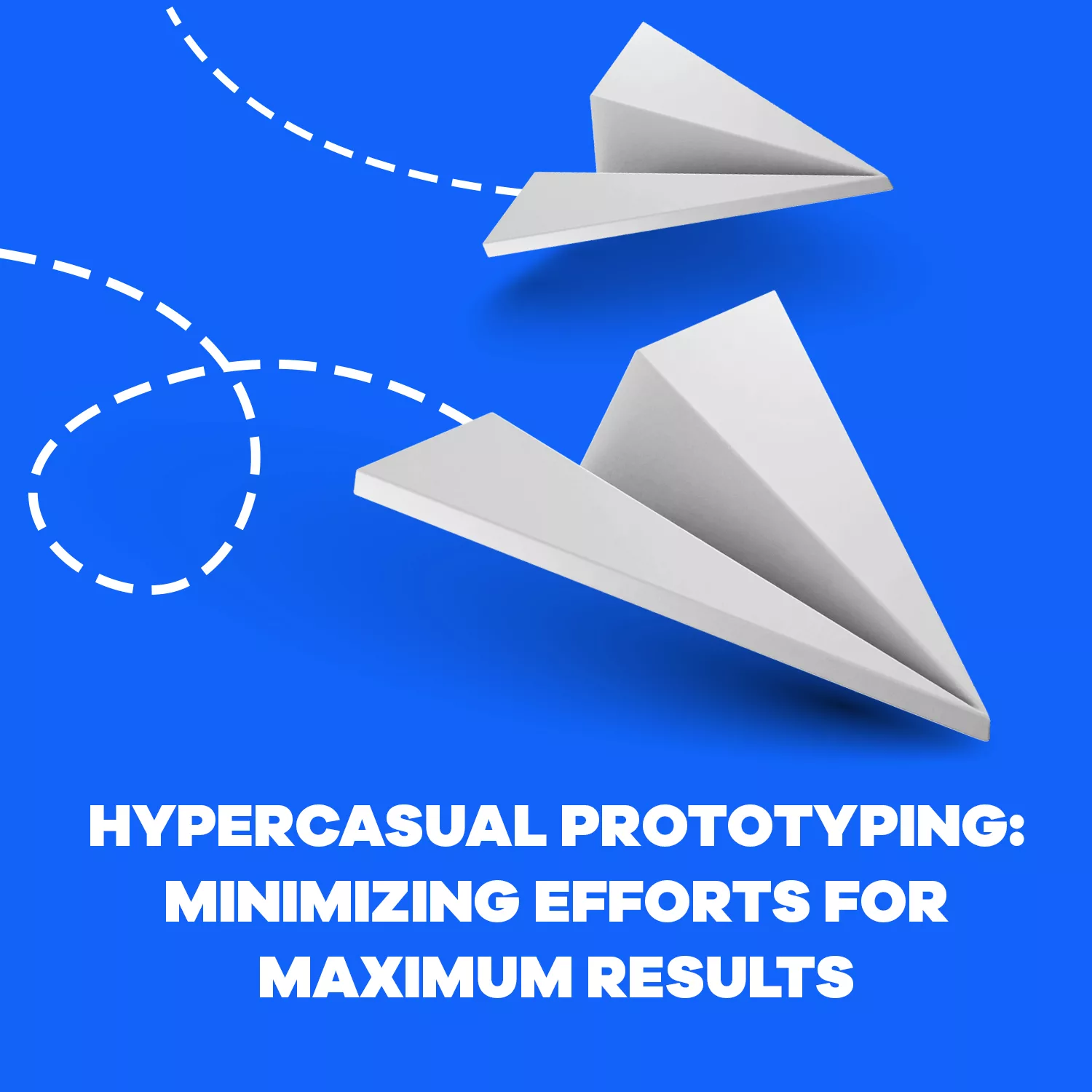
Costantino Carrega Bertolini – Mar 25, 2022
Introduction
The prototype phase is the very first glimpse of your hypercasual game’s marketability. Every year we test hundreds of prototypes at TapNation, and since our inception we’ve built a strong reputation for thorough testing and invaluable insight. So, we thought we’d share a few things about prototyping best practices in this article.
What is prototyping and why do we do it?

Prototyping is the process of testing out an early version of your game to assess its marketability and engagement. It’s all about failing fast and making changes to improve your chances of making a hit. Developers incorporate learnings into new prototypes — a process known as ‘iteration’ —until a game is ready for publication.
Prototyping does come with its own problems, however. Developers often don’t apply learnings from failed prototypes, leading to further rejected prototypes and studio frustration with wasted time and money. That’s why it’s important to get the basics of prototyping right.
The basics of prototyping

Any new hypercasual prototype should feel satisfying to play, be relatable in some way and have its roots in a fresh idea. The aim is to make users stop scrolling on their feed, play your game and stay with it. It should also be ‘snackable’, meaning short and easy to play, but difficult to master.
In terms of game design, your prototype should have its core gameplay and dynamics nailed down from the start, even in a very basic prototype. Visuals should also be appealing and easy to understand. If both of these aspects are taken care of, your game stands a much better chance of success and will only need smaller tweaks and polishing to reach publication.
Ideation through iteration
As we mentioned above, every new prototype should be an improvement over the last one. Whatever it is that’s working — a character, colour scheme or camera angle — you should iterate on it.
Sometimes iteration can also be used to generate new ideas. Maybe you’re working on two games: one about an angry monkey, the other about jumping over barrels. Why not combine them into a single game? (Actually, that sounds pretty good — don’t steal our idea).
First comes CPI
As long as your game is hypercasual, CPI or ‘cost per install’ will be a major determiner of its success. CPI is the average amount we have to invest to get an installation of your game. Because of the importance of CPI, you should spend more time on creating video ads and app-store optimisation than engagement.
And then comes LTV

After CPI comes LTV, or the ‘lifetime value’ of your game. Lifetime Value (LTV) is the average revenue that a customer of your game will generate throughout their lifespan as a customer. You can improve Lifetime Value (LTV) by building your games around monetisation. Even the most basic elements of your game such as level design, character design and gameplay mechanics should have monetisation baked into them. This isn’t to say that monetisation should get in the way of gameplay, but gameplay should fuel monetisation.
What next?
If you’ve got a consistently successful prototype, we’ll move your game into our live ops cycle, in which we’ll try to grow and monetise your player base while maintaining and improving the standards of your game. We’ll A/B test small changes at every step to further boost Lifetime Value (LTV) and give your game the best possible odds of becoming a hit.
If you have any further questions about hypercasual prototyping or any other part of our testing process, feel free to email us or get in touch via our social channels!


